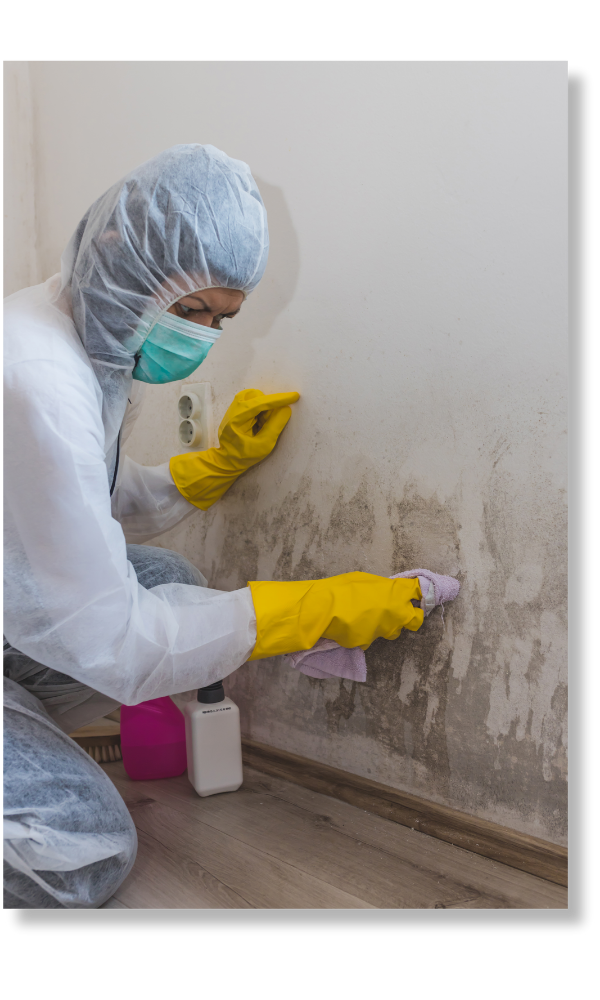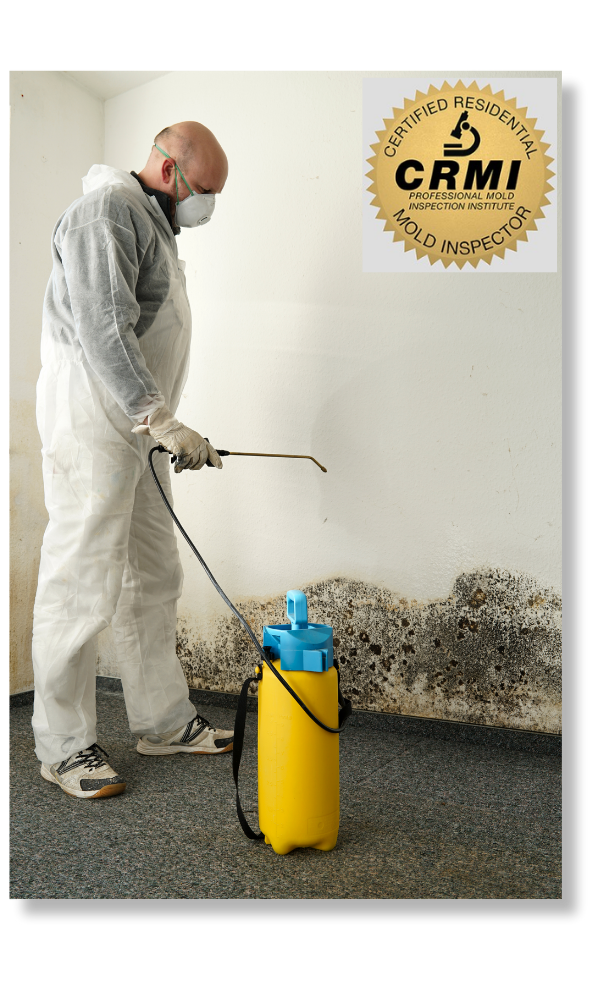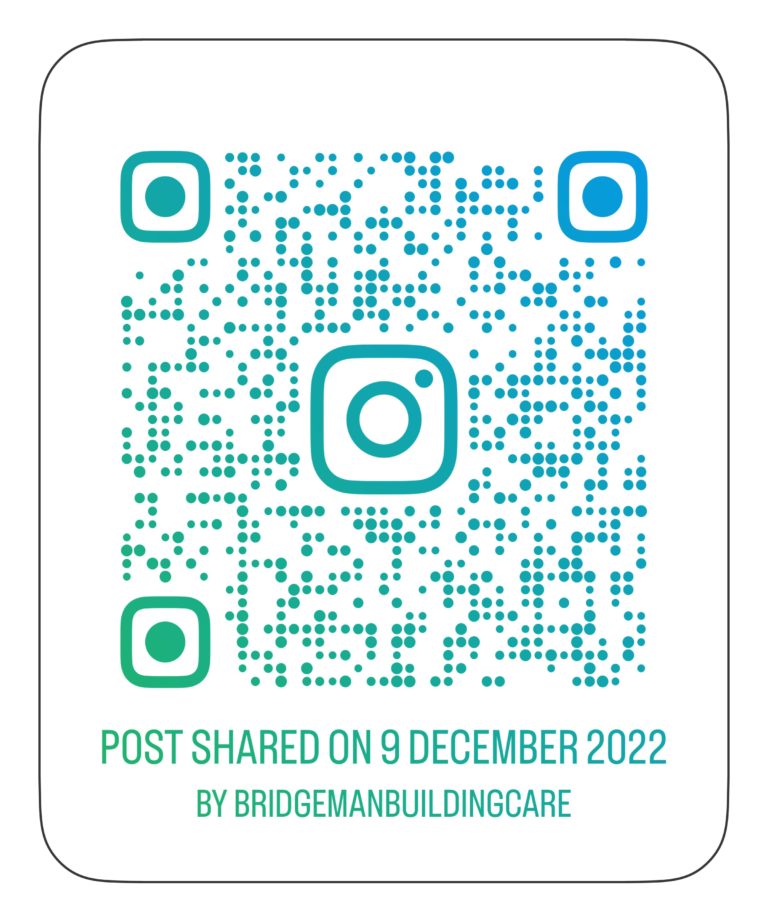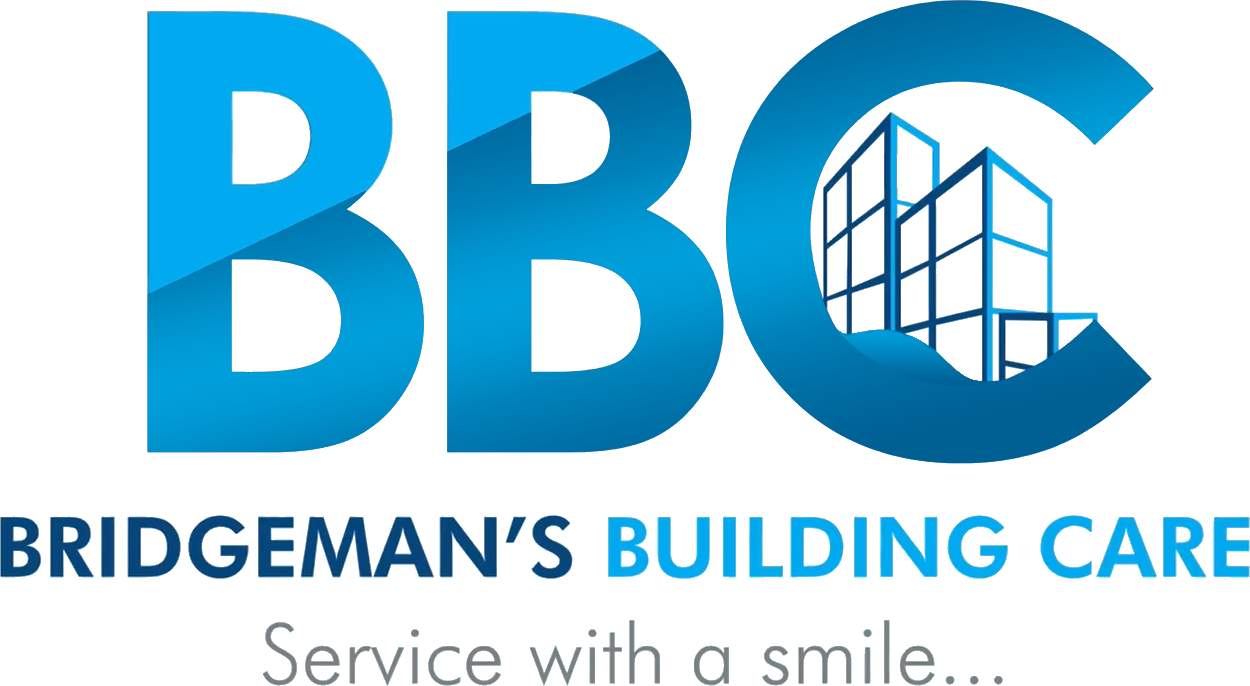Is there mold in your home?

MOLD FAQS
A: Mold is a type of fungus that thrives in damp, humid environments. It can grow on various surfaces and materials and, if left unchecked, may pose health risks and cause structural damage to buildings.
A: Common signs of mold include musty odors, visible mold growth (often appearing as discolored patches), water stains, and an increase in allergy or respiratory symptoms among occupants.
A: Mold can trigger allergic reactions and respiratory issues in sensitive individuals. Prolonged exposure to mold spores may worsen health conditions, especially for those with allergies or asthma.
A: Not all molds are dangerous, but it’s challenging to distinguish between harmless and harmful molds without testing. It’s best to address all mold growth promptly to prevent it from spreading.
A: Small, isolated mold problems can often be handled by homeowners with appropriate safety precautions and cleaning supplies. However, extensive or hidden mold growth should be addressed by professionals to ensure complete eradication.
A: Mold inspection involves the assessment and identification of mold growth in a property, while mold remediation is the process of removing and eliminating the mold problem.
A: The duration of mold remediation varies depending on the extent of the infestation. It can take anywhere from a few days to several weeks, with more extensive cases requiring more time.
A: Preventing mold involves controlling moisture. Ensure proper ventilation, fix leaks promptly, maintain indoor humidity levels below 60%, and clean and dry any water-damaged materials or areas.
A: Mold testing can be helpful in identifying the types and quantities of mold present. It is especially valuable if mold growth is suspected but not visible. Professionals can perform mold testing to assess the situation accurately.
A: Look for mold removal professionals who are certified by recognized organizations like the Institute of Inspection, Cleaning and Restoration Certification (IICRC) or the National Association of Mold Professionals (NAMP).
If you have more questions or need personalized assistance with mold inspection, remediation, or prevention, don’t hesitate to contact Bridgeman Building Care. Our team of experts is here to help you maintain a healthy, mold-free environment in your property
What Are The Health Dangers Of Mold?
Mold Remediation by Bridgeman Building Care
At Bridgeman Building Care, our mold remediation process is designed to effectively and safely eliminate mold issues, ensuring your property is a healthy and mold-free environment. Here’s a brief summary of our mold remediation approach:
1. Inspection: We begin with a comprehensive mold inspection to assess the extent of mold growth and identify the sources of moisture that may be fueling it. Our certified professionals use state-of-the-art technology to pinpoint mold infestations accurately.
2. Containment: To prevent the spread of mold spores to unaffected areas, we establish containment measures, including sealing off the affected area and using negative air pressure systems.
3. Removal: Our skilled technicians use industry-approved techniques and equipment to safely remove and dispose of mold-infested materials. We take great care to minimize disruption and ensure your property is left clean and safe.
4. Cleaning and Sanitization: All surfaces in the affected area are thoroughly cleaned and sanitized to eliminate any residual mold spores. We use specialized mold-killing agents to ensure effective sanitation.
5. Prevention: To prevent future mold growth, we address the root causes of the issue, such as addressing leaks or improving ventilation. We provide expert guidance on how to maintain a mold-resistant environment.

6. Post-Remediation Verification: After remediation, we conduct a final inspection to ensure that all mold has been successfully removed. We provide you with a certificate of mold remediation, giving you peace of mind that your property is mold-free.
Our mold remediation services are conducted with precision, professionalism, and a commitment to your well-being. We prioritize your safety and the integrity of your property, offering you a healthier living or working environment. For reliable mold remediation solutions, trust Bridgeman Building Care.

How We Cleanup Mold
There are 4 steps to mold removal work and preventing mold re-growth:
- Identify and Remove the Source of Moisture
- Use a Biocide to Eradicate Mold Growth
- Encapsulate the Mold Spores
- Cleanup Water Damaged Area
The first step is finding the source of moisture feeding the mold. It may be that you have a crack in your basement’s foundation that is leading to a water leak. If so, the crack must be sealed, and waterproofing techniques must be employed.
Once the problem moisture or water source has been identified and eliminated, the next step in the mold removal process includes using a biocide, or a chemical agent, that attacks mold to clean the area thoroughly. Steps should also be taken to remove ceiling tiles, carpets, and other pieces of fabrics that have been permeated by mold.
Areas, where mold growth was present, can be encapsulated with a sealant. Sealants look like paints that can be applied using a roller or a sprayer. However, unlike paint, sealants have antimicrobial ingredients specifically designed to kill the mold and prevent its growth.
Finally, the cleanup process can begin. Areas that were damaged by water leaks can be cleaned and removed, and any stains left on surfaces by mold can be repaired, and the area repainted.
It’s more complicated than it might seem! Let the mold remediation experts at our company take this one for you!
